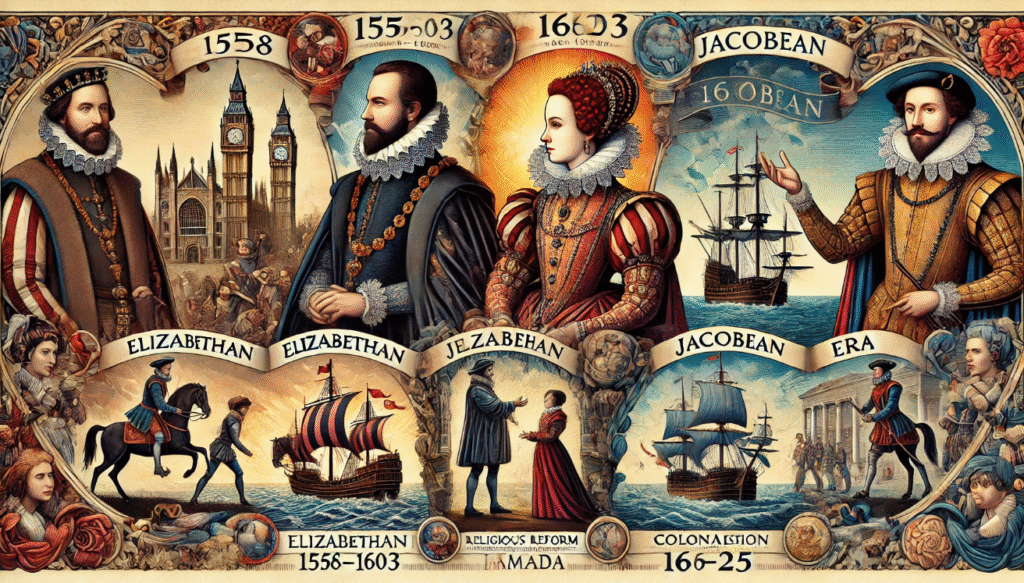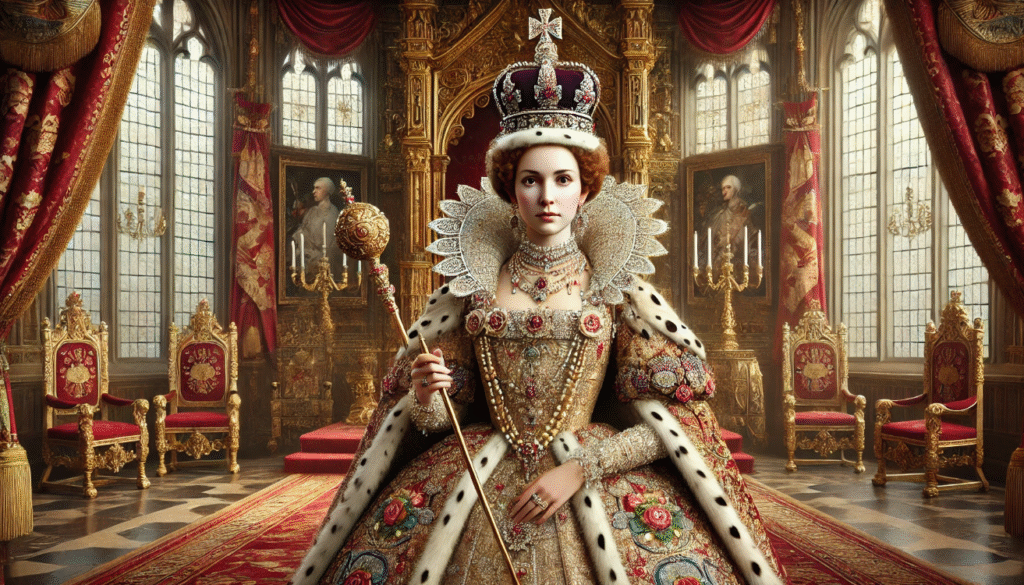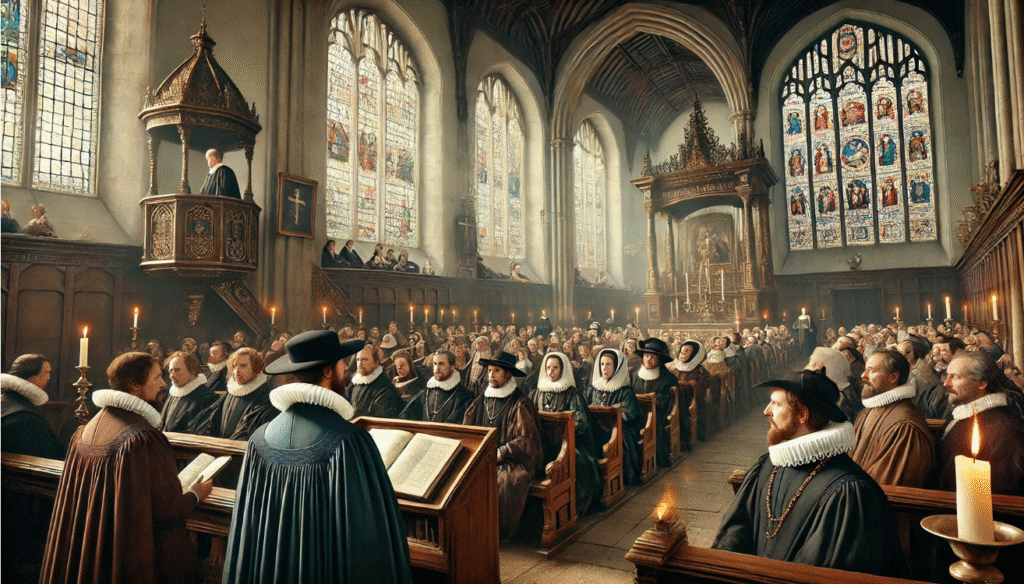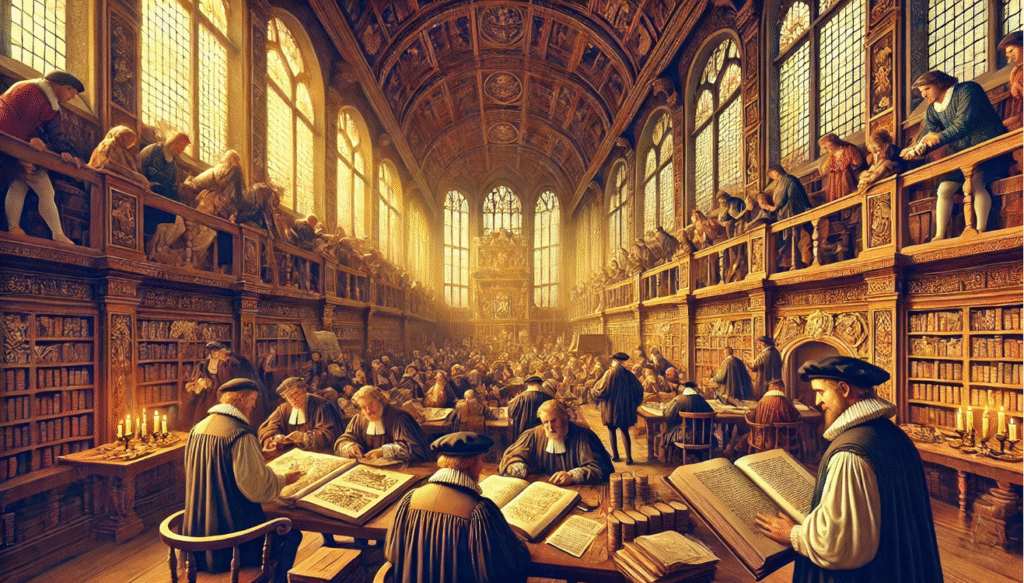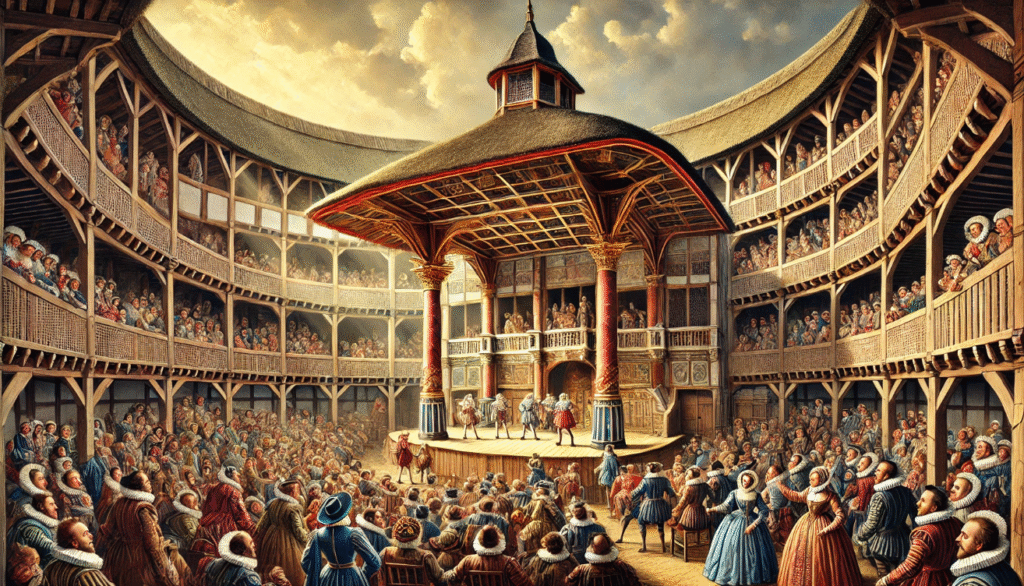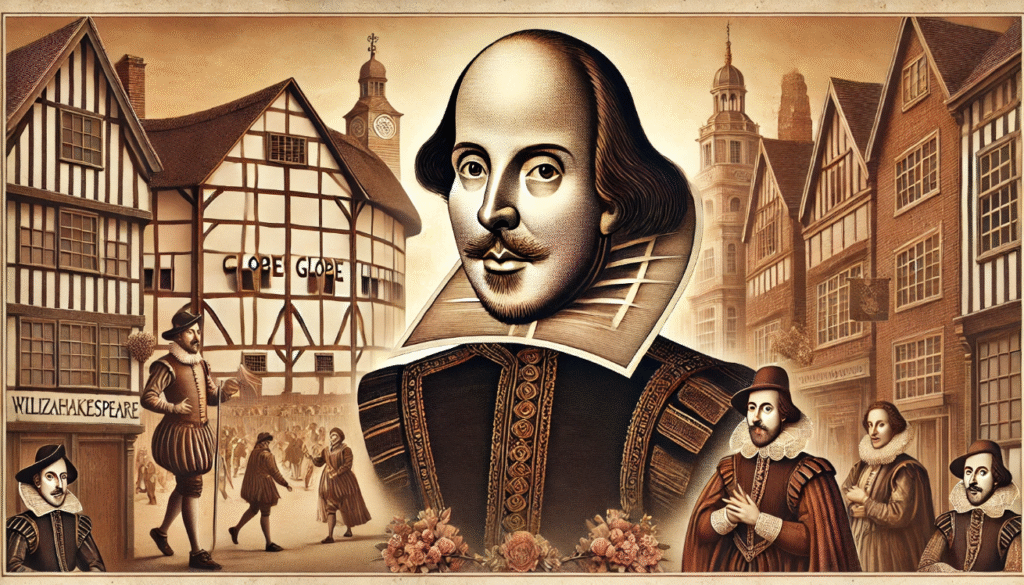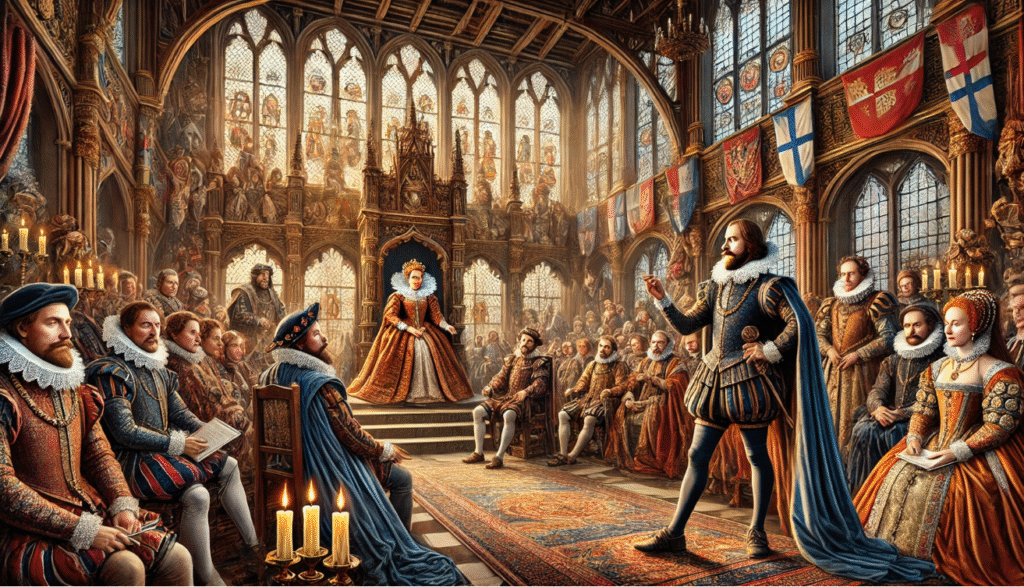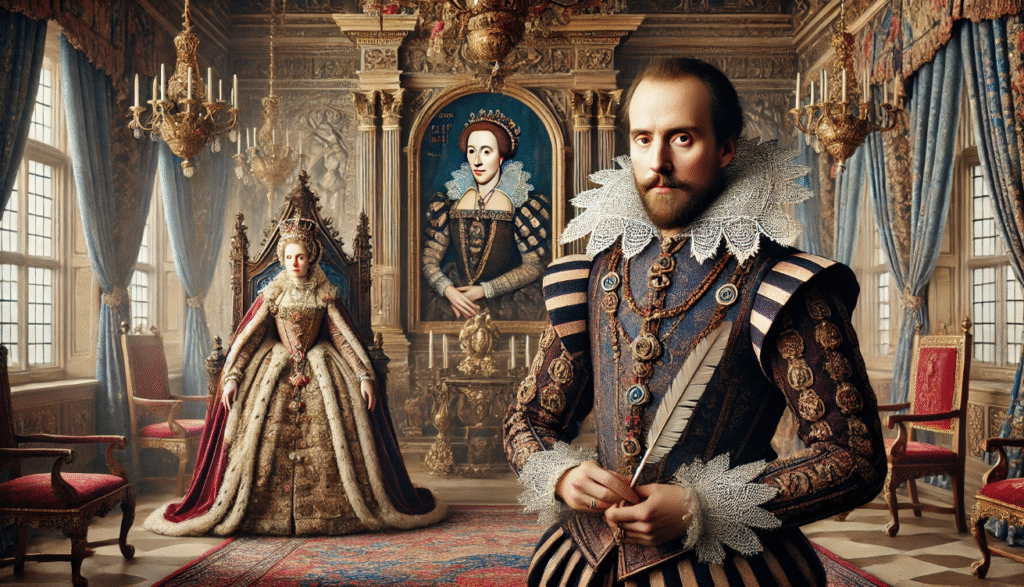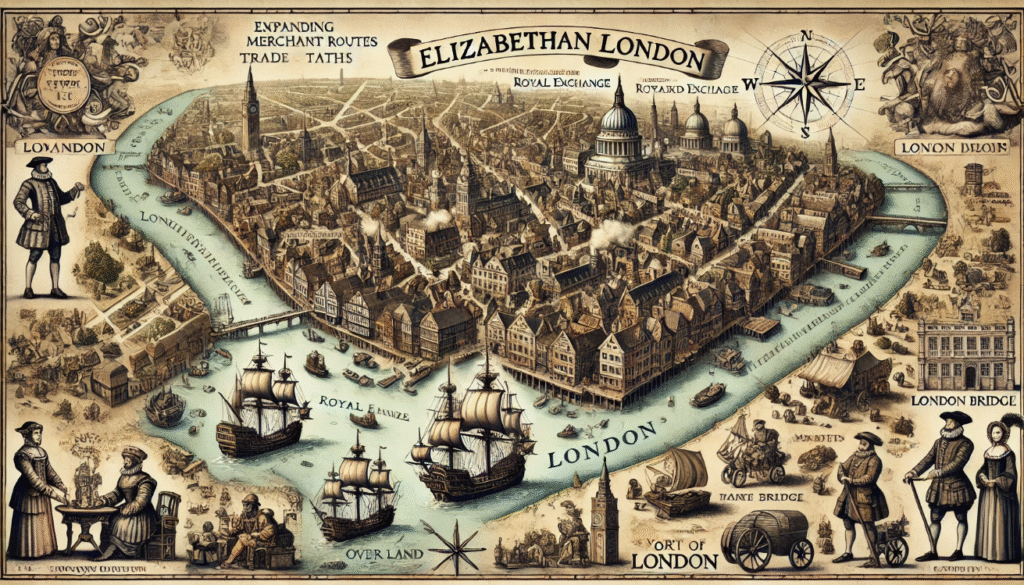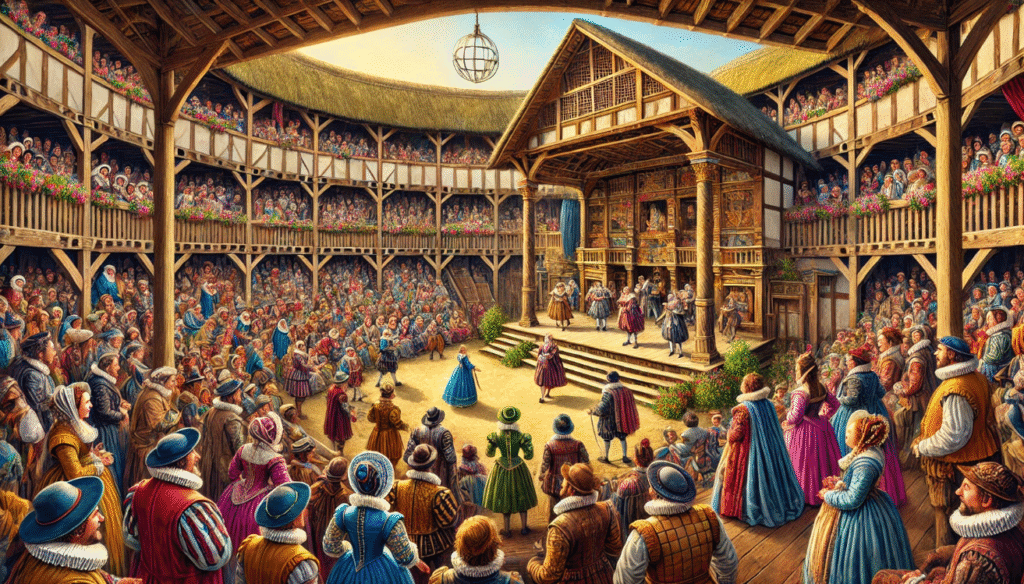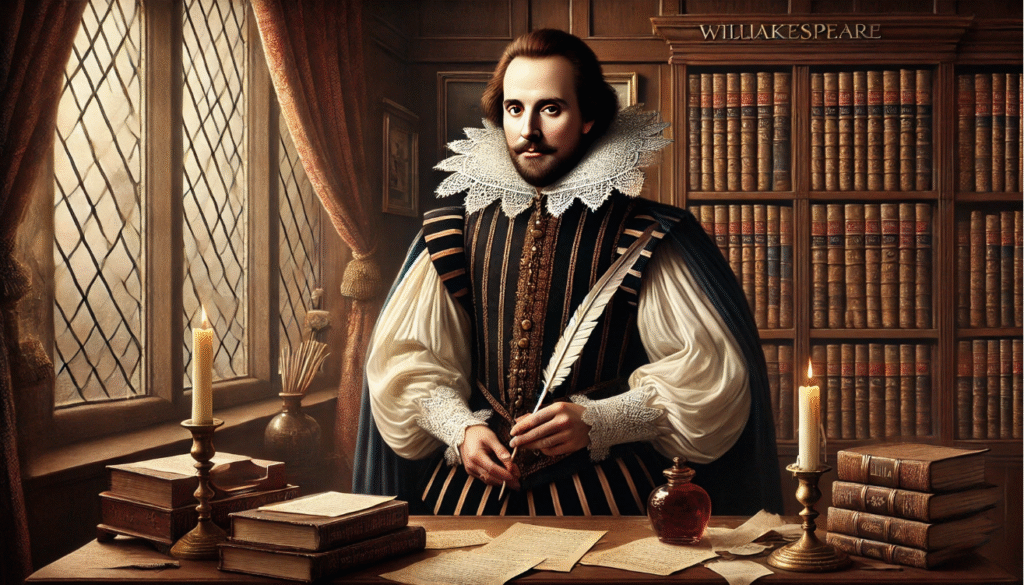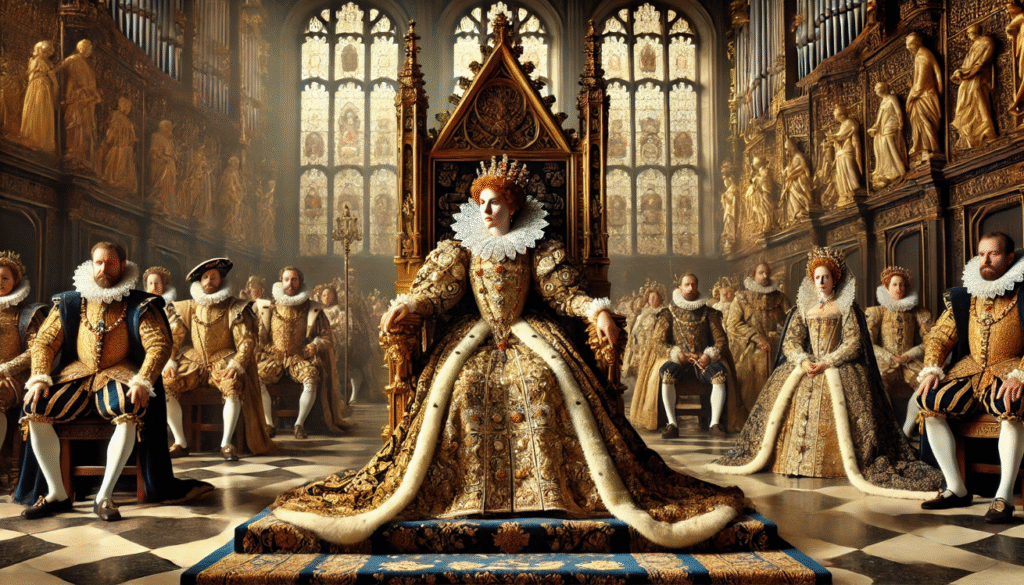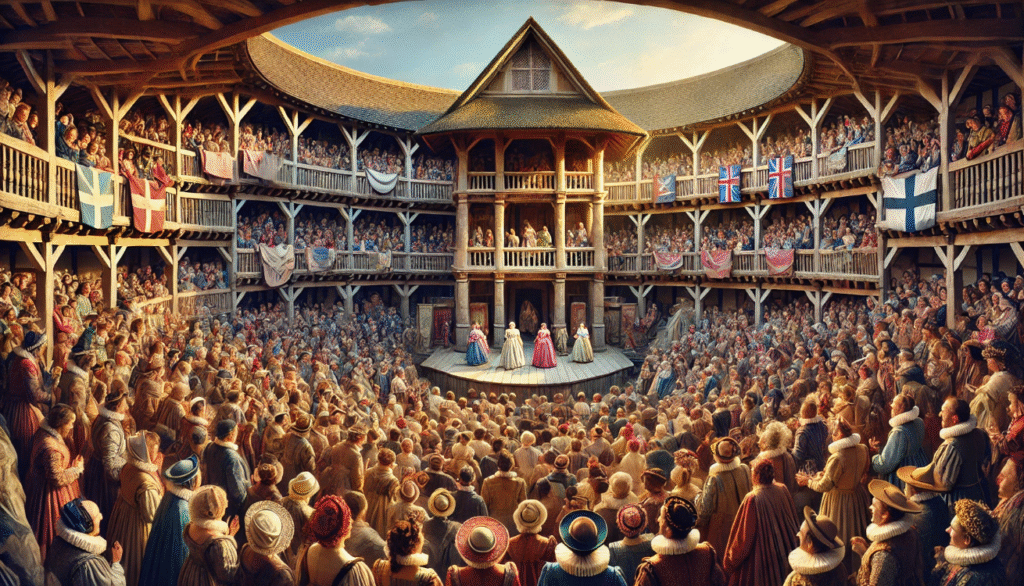 1.The Elizabethan era, named after Queen Elizabeth I, lasted from 1558 to
1.The Elizabethan era, named after Queen Elizabeth I, lasted from 1558 to
2.This period was known for its flourishing of arts, literature, and exploration, as well as the rise of Protestantism in England. It was also a time of political intrigue and conflict, including the Spanish Armada’s failed invasion in
3.The Jacobean era followed the Elizabethan era and took place during the reign of King James I from 1603 to
4.This era saw the continuation of cultural and artistic growth, including the expansion of theater and the arts, as well as the continued exploration and colonization of the New World.
The historical and cultural influences on literature during a particular period are incredibly important as they shape the themes, styles, and content of the literature produced during that time. These influences provide insight into the social, political, and economic factors that were at play, and help us better understand the perspectives and experiences of the people living in that era. By studying the historical and cultural influences on literature, we can gain a deeper appreciation for the complexities of human society and the ways in which literature reflects and responds to these influences. Additionally, it allows us to trace the evolution of literary movements and genres, and understand how they are shaped by the world around them.
Shakespeare’s Real-Life Encounters with Historical Figures

Queen Elizabeth I:
Queen Elizabeth I was a notable patron of the arts and had a significant influence on Shakespeare’s works. During her reign, she encouraged the development of English literature and drama, and her court was a center for artistic and intellectual activity. Shakespeare and his theater company, the Lord Chamberlain’s Men, performed regularly at court, and the Queen’s love for theater and drama likely influenced the themes and characters in Shakespeare’s plays. In addition, many of Shakespeare’s plays, such as “A Midsummer Night’s Dream” and “Twelfth Night,” reflect the festive and celebratory atmosphere of Elizabethan court life.
King James I:
During the transition to Jacobean rule, Shakespeare’s relationship with the new king, King James I, became quite significant. King James was known for his interest in witchcraft and the supernatural, which greatly influenced Shakespeare’s writing during this time. This is evident in his creation of the play Macbeth, which is filled with themes of witchcraft and the supernatural. Shakespeare’s portrayal of these themes can be seen as a reflection of King James’s own fascination with the occult. Overall, Shakespeare’s relationship with King James I had a notable impact on his work, particularly in the creation of Macbeth.
Earl of Southampton:
Certainly! Patronage refers to the support, financial or otherwise, that a person or organization provides to artists, writers, or other creative individuals. In the case of William Shakespeare, he was fortunate to have the patronage of the Lord Chamberlain’s Men, a company of actors for whom he wrote and performed many of his plays. As for a personal connection to Shakespeare, while it’s unlikely that any living individuals have a direct personal connection to Shakespeare himself, many people feel a personal connection to his works through their enduring popularity and universal themes. Whether it’s through studying his plays in school, seeing them performed on stage, or simply enjoying his timeless stories, Shakespeare’s influence continues to resonate with people around the world.
Historical Figures Represented in Shakespeare’s Plays

Julius Caesar:
Shakespeare’s portrayal of historical events and figures in his plays, such as Julius Caesar and Antony and Cleopatra, is often a blend of historical accuracy and dramatic license. While he did use sources like Plutarch’s Lives for accuracy, it’s important to remember that his primary goal was to entertain and engage his audience. Therefore, some details may have been embellished or altered for dramatic effect. It’s always a good idea to consult multiple sources, including historical accounts, to get a more complete picture of the events and figures depicted in Shakespeare’s works.
Henry V:
Shakespeare’s plays, particularly his historical dramas, have played a significant role in shaping public perception of historical figures, including heroic kings, for political purposes. Through his masterful storytelling and compelling characterizations, Shakespeare has influenced how these figures are remembered and portrayed in popular culture. His works have been used by political leaders and propagandists to bolster their own agendas and manipulate public opinion. As a result, Shakespeare’s portrayal of heroic kings has had a lasting impact on the way these figures are perceived and remembered by society.
Richard III:
The blend of Tudor propaganda and Shakespeare’s imagination refers to the way in which Shakespeare’s plays and writings were influenced by the political and cultural climate of the Tudor era. During this time, the Tudor monarchs used propaganda to shape public opinion and maintain their power. Shakespeare, as a playwright and poet, often incorporated these themes and ideas into his work, creating a complex and layered portrayal of the world around him. This blend of propaganda and imagination adds depth and richness to Shakespeare’s writing, giving us a window into the complexities of Tudor England.
Myth vs. Reality: The Debate Around Shakespeare’s Interactions

Over the centuries, many misconceptions have arisen about William Shakespeare meeting certain historical figures. These myths have largely grown due to the lack of concrete evidence and the role of speculation in shaping narratives about his life. There is no definitive proof that Shakespeare met figures such as Queen Elizabeth I or Christopher Marlowe, but these stories have persisted and become part of the Shakespearean lore. It’s important to critically evaluate the sources and evidence behind these claims to separate fact from fiction.
Influence of Historical Figures on Shakespeare’s Writing Style and Themes
Shakespeare’s works often explore themes of power, betrayal, and ambition, drawing inspiration from historical personalities such as Julius Caesar and Macbeth. His plays reflect the sociopolitical dynamics of his time by examining the consequences of unchecked ambition and the struggle for power within political and royal circles. Additionally, Shakespeare’s portrayal of history was influenced by classical figures and texts, as seen in his use of Roman and Greek historical events and characters in his plays. His works both mirrored and challenged the power structures and political turmoil of his era, offering insightful commentary on the human condition and the complexities of leadership.
Lasting Legacy: Shakespeare and Historical Figures Today

Shakespeare’s depictions of historical figures continue to shape modern perceptions through his enduring influence on literature, theater, and popular culture. His portrayals of figures such as Julius Caesar, Macbeth, and Richard III have become iconic and have contributed to the way these historical figures are remembered and understood. Additionally, Shakespeare’s exploration of power, ambition, and human nature in his historical plays continues to resonate with audiences and influence how we view and interpret history. Overall, Shakespeare’s depictions of historical figures have had a lasting impact on our collective understanding of these figures and their place in history.
The influence of Shakespeare on adaptations in theater, film, and literature is undeniable. His works have been adapted countless times across various mediums, showcasing the timelessness and universal appeal of his stories and characters. From classic stage productions to modern film adaptations, Shakespeare’s influence can be seen in the way his themes, language, and characters continue to resonate with audiences. Additionally, his impact on cultural history is significant, as his works have become an integral part of literary and theatrical traditions, influencing countless writers, directors, and artists throughout the centuries. Shakespeare’s legacy as a historical figure is firmly established, and his integration into cultural history continues to shape the way we approach storytelling and artistic expression.
Throughout Shakespeare’s works, we see his interaction with various historical figures such as Julius Caesar, Cleopatra, and Richard III. These interactions offer insights into the political and social context of the time, as well as the complexities of human nature. It is important to note that while Shakespeare’s portrayals may contain elements of truth, they are ultimately works of fiction and should be approached with a critical eye. It is crucial to separate the truth from myth when examining historical figures, as myths and legends can often overshadow the actual events and personalities of the past. By delving into primary sources and critically analyzing historical accounts, we can gain a more accurate understanding of the figures and events that have shaped our world.

